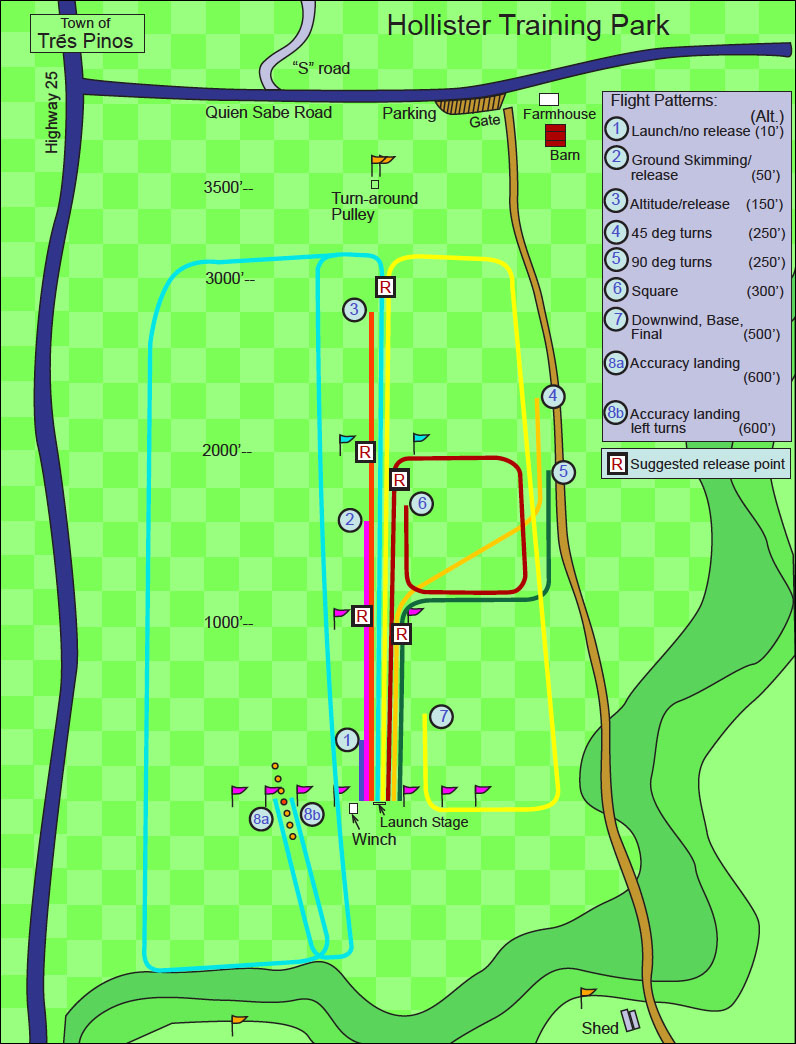Mission Soaring Center has a unique towing system which provides students with the opportunity to experience high altitude flights and to work through their progression of skills to gain their advanced Hang Gliding ratings.
How it works: For students who have earned their first rating and for advanced hang glider pilots, we can tow them into the air using a Pitman Hydraulic Winch System. Unlike other tow systems, the student pilot and the winch operator start out next to each other. As the pilot is pulled into the air, the winch operator can adjust the tension or even stop the tow if the pilot goes off course. Our tow system is considered to be the safest in the industry.
How high: To be introduced to towing, beginners are towed at the same level above the ground that they’ve been flying on the practice hills. After showing tow-competency, the next step is to go to progressively higher altitudes and release from the tow line to fly free. At that point, standard tows can take pilots up to a 1000 feet. More advanced pilots can use a tow process known as step towing to reach 2000+ feet.
Then what: As pilots progress, they can learn to fly in thermals (rising bubbles of air) and stay aloft for longer and higher flights. In fact, students have learned to work the lift to stay up for over a half hour with a gain of 1000 feet above their release point. A number of advanced pilots have been towed up to then fly ‘cross country’. At Tres Pinos, the distance record is a cross country flight to the south just shy of 30 miles.
- For students who have received their H1 Certification and for experienced hang glider pilots
- Tow up to 1,000 feet at first and up to 2,000 for experienced pilots
- Cost - $35/tow
The image below shows the progression of flight patterns that a pilot can fly while working on his or her skills.

(for printing use the pdf of Tow patterns)
